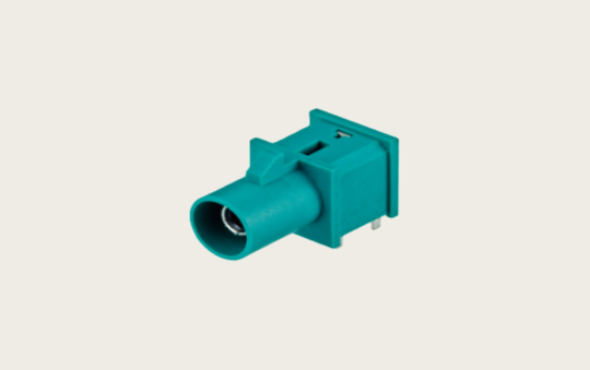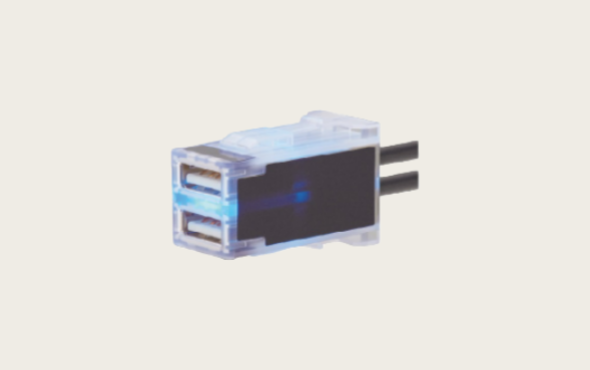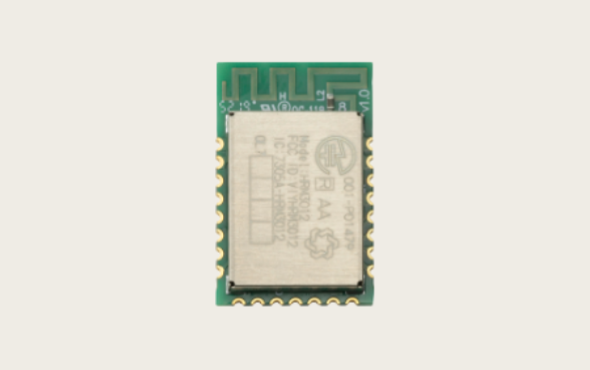In the selection of connectors, "whether the domestic connectors can work" has always been a hot topic among procurement, engineering, and maintenance teams. Especially when we take the Japanese well-known connector brand Hosiden as a reference standard, this issue becomes particularly real. This article will combine the characteristics of Hosiden brand connectors, analyze the conditions for the "feasibility" of domestic connectors in practical applications and common gaps, share some real experiences and selection suggestions, and hope that you can have more basis for your next substitution or new procurement decision.

Hosiden connectors' features worth referencing:Brand background and product coverage
Hosiden was founded in 1950 and is a Japanese electronics parts manufacturer specializing in connectors, switches, acoustic components, and more. Its connector series covers micro round connectors, high-speed signal transmission connectors, USB/HDMI and other categories.
2. Representative Specifications and Applications
For example, its "Miniature Circular Connectors" model TCP8938, the specifications indicate "Contact Resistance 30 mΩ max." and "Withstanding Voltage 250 V AC 1 min." etc.
The high-speed signal transmission connector series also emphasizes high reliability, high speed, and high-frequency application scenarios.
Wide range of application environments
Hosiden's connectors are not only used in consumer electronics but also enter high-demand environments such as automotive, communication, and industrial equipment. Its global production and service network further illustrates its industry recognition of reliability.
These all mean that if domestic connectors want to compete with Hosiden on the same stage or as an alternative, their selection criteria cannot be as simple as "able to be plugged in." They also need to consider performance, reliability, technology, and service from multiple dimensions.

Are domestic connectors "good enough" in reality? The gap and breakthrough in real experiencesCommon Drop:
●Material/lamination difference: In some domestic connectors, although the appearance is similar to imported products, the terminal plating thickness, material corrosion resistance, and contact resistance stability may be weaker than imported products.
● Insertion/extraction life and environmental resistance: In real usage scenarios, domestic connectors sometimes exhibit early issues such as poor contact, uncomfortable insertion/extraction, or structural deformation in high temperatures, vibrations, humidity, and salt mist environments, which are less common in imported products like Hosiden.
●Insufficient testing certification and data transparency: In the procurement process, it was found that some domestic solutions lack detailed third-party certification reports, environmental aging data, or long-term tracking data, causing hesitation on the part of project parties when making substitution decisions.
Many breakthroughs are also worthy of recognition:
●With the technical upgrade of domestic connector manufacturers, there has been a significant improvement in terms of precision, insertion and extraction life, protection level, and plating technology.
●Some domestic products have already been able to provide specifications "close to imported" in applications such as "miniaturization and high-speed signals", such as low contact resistance, high-frequency characteristics, and micro-circular structures, etc.
In terms of localization services, flexible delivery times, cost control, and customized responses, domestic products have inherent advantages. In practical projects, the project parties have feedback that "the cost-performance ratio of domestic solutions is very high for auxiliary signals and non-critical circuits."

How to judge if a domestic connector is "good enough"Compare specifications: Take Hosiden or similar imported products as benchmarks, such as contact resistance, voltage resistance, insulation resistance, insertion and extraction times, and shell structure, etc.
Check environmental test data: require the provision of temperature cycle, salt mist, vibration, hot and humid aging, and plug-in life test reports.
● Do sample verification: Compare the "domestic sample" with the "imported benchmark" in the actual project environment to see if there are significant differences.
●Consider supply chain and service: If domestically produced connectors have quick delivery times, abundant spare parts, easy customization, and convenient maintenance and replacement of components, they have an advantage in potential risk management.
● Risk stratification application: Critical loops can still prioritize imports or high-end domestic products, while auxiliary loops can be initially introduced with domestic products to test reliability.

Domestic connectors, "are they okay"? The answer is: they can be okay, but it all depends on "selection and usage". If selection is solely based on price or appearance, the risk is quite high. However, if rigorous comparison, strict testing, and reasonable application division are conducted, domestic connectors can definitely form a competitive choice in terms of performance, cost, and service. Taking brands like Hosiden as a reference can help us set a higher standard, thereby providing a practical testing platform for domestic solutions.
If you are interested in the domestic substitute products for Hosiden brand connectors or have procurement needs, or if you have production or sales channels for these brand connector domestic substitutes and wish to engage in in-depth cooperation or communication, please contact us through the following contact information:
Manager Zhang (18665383950, WeChat number same)We look forward to working together with more industry partners.



